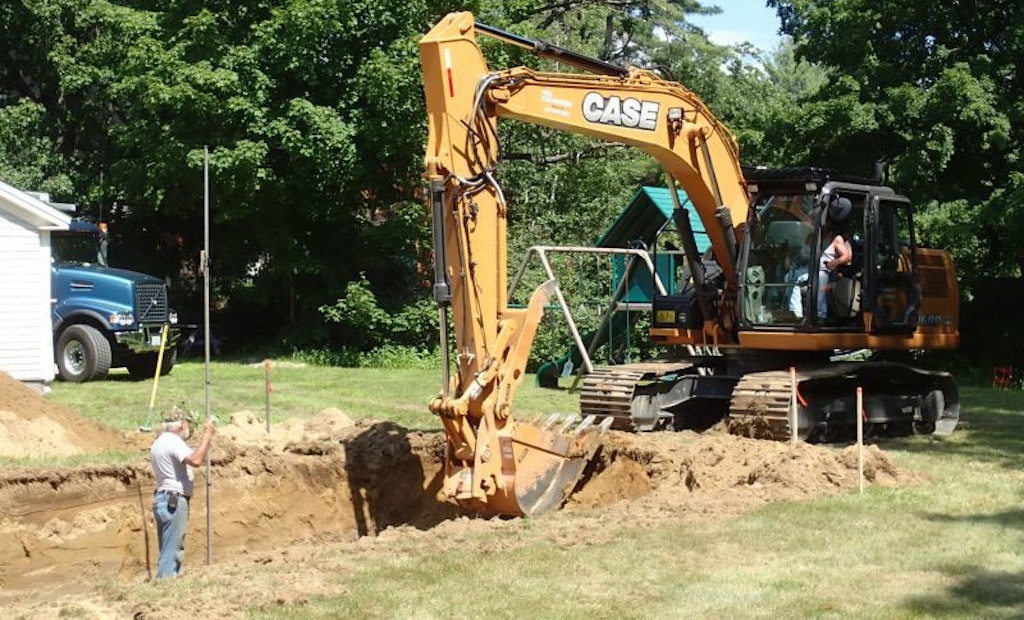General contractors are increasingly pushing risk onto subcontractors, performing only project management or design/build services, rather than the historical model of providing materials, equipment and labor.
As a result, subcontractors today need to be diligent to ensure their business is protected from unknown contract requirements, design changes and adjustments to the project schedule.
“It’s always about communication and setting up realistic expectations,” says Steve Groth, vice president of Chiaramonte Construction Company, a Washington, D.C.-based contractor.
Despite a growing reliance on project management software, conflicts persist.
“Having a good foundation is the best place to start,” says Courtney Little, president of the American Subcontractors Association and owner of ACE Glass Construction Corporation, based in Little Rock, Arkansas.
The contract is the foundation between the general contractor and the subcontractor. As an attorney, Little says his areas of key concern are project scope, payment protections, and indemnity clauses. When there is language in a contract that you don’t agree with, Little suggests that subcontractors present another solution.
“You can find great substitution language in ConsensusDocs,” says Little.
On ConsensuDocs.org there are standard contracts developed by a coalition of associations with members from all stakeholders in the design and construction industries. Using these documents (available by subscription) helps reduce costly risk contingencies.
1. Check the scope of the work
A subcontractor may bid on one scope of work, but what comes back in the contract is something different.
“What will happen is the general contractor will have a different expectation than the sub and neither one will know it until it gets down to the work being done,” says Groth.
Diligence in checking the contract is a subcontractor’s best defense.
2. Ensure timely payments
Payment clauses are another common source of dispute. You want to ensure you get paid in a timely manner.
“Subcontractors typically can’t get easy access to the financials of the project owner, so it’s hard to do a true credit check on them,” says Little.
As a result, subcontractors can run into difficulty if their pay relies on the general contractor being paid by the project owner.
3. Keep an eye on safety requirements
If a contract includes a safety program that goes beyond what you have planned for, subcontractors are at risk for lost production or the added expense of another employee.
With a new customer it is especially important to pay careful attention to the safety requirements. Subcontractors should review contracts to identify anything out of the ordinary that might affect their costs.
And on the job site be aware of how other contractors might put your team at risk.
4. Stay on top of schedule and project changes
Construction projects can be complex and delays and changes are common. Unfortunately, according to Groth, subcontractors aren’t always provided scheduling information in electronic form. He suggests subs meet with the general contractor at least monthly to ensure they are aware of schedule and project changes.
“Construction management software provides a sense of security for general contractors,” says Groth. “The general contractor has done their job, and now it’s up to everyone else.”
The reality is that with so many emails, multiple projects and construction management software programs, it’s easy for a subcontractor to miss updates and changes. Subcontractors are contractually responsible for knowing what’s on the construction management system or in the plans.
Despite communication challenges, Little believes that software is helping contractors to better document their work and manage all the facets of the job.
“You will find the people who utilize the available tools are doing better in keeping up and are generally more successful,” says Little.
5. Understand the whole project, not only your role
When Groth’s company added subcontracting to general contracting services he gained perspective on the construction process.
“Subcontractors tend to be focused solely on their work, only performing as the general contractor directs. I found that getting our employees to expand their awareness of the project helped them become more valuable to general contractors,” Groth says. “To be a good subcontractor we have to help the general contractor plan our work and make suggestions on when to start the work.”
The construction process will be more efficient when subcontractors and general contractors agree on expectations and communicate effectively. While subcontractors should be proactive to help general contractors succeed, they also need to review contracts diligently to manage risk and ensure their interests are protected.
About the author: AEM is the North American-based international trade group representing off-road equipment manufacturers and suppliers, with more than 950 companies and more than 200 product lines in the agriculture and construction-related sectors worldwide. AEM has an ownership stake in and manages several world-class exhibitions, including CONEXPO-CON/AGG.






